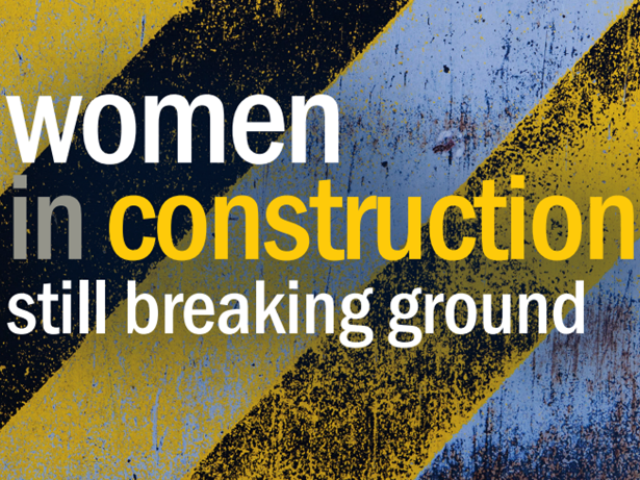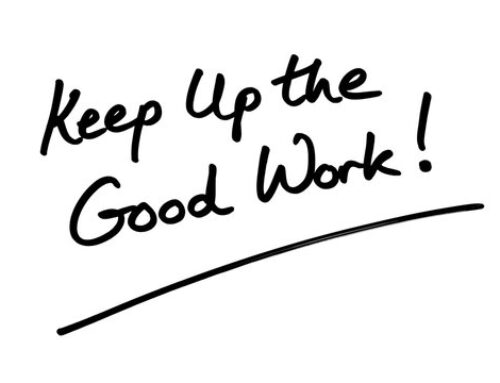Why is it so important that more women get involved in construction?
Women are in construction because they deserve to be, not because they are filling a quarter.
The Construction Development Alliance (CDA) Awards in 2016 acknowledged the skills of three women. It is encouraging and has likely helped more women branch into this sector, knowing their work will be accepted.
In this article, we will find out why women in construction are still low.
CDA
The CDA are a group of construction and property specialists. This group was established to create a network of professionals encouraged to collaborate and share market intelligence within the northwest.
The CDA set out to award young, up and coming members of the construction community, allowing them to show off their achievements to their joining sector. Each year the candidate entries increase, resulting in more competition.
To find out more about these awards, please click here.
As a group, the CDA acknowledging women in construction.
The more young girls see women in construction, the more they are willing to be enrolled in the different skills courses.
Many women are seen in supporting roles, such as administration. However, some feel it is still best to learn the basics of their companies’ different skills. The more you know about these skills, the better you are at helping your clients.
What are the statistics?
So, while researching this exciting problem, I came across the statistics of women in construction.
Many recruitment campaigns have been positive, and the growth of this industry has increased; yet, women are still the minority.
 The picture shows the vital statics of women in construction, with only 13% of the total workforce; this is a staggering number that indicates the vast divide between the genders in this industry.
The picture shows the vital statics of women in construction, with only 13% of the total workforce; this is a staggering number that indicates the vast divide between the genders in this industry.
With 80% of women in this sector being of a supporting role, this adds more to the gender stereotyping that comes with a male-oriented industry. Interestingly, 1% of site workers has a proportion of women with specialist skills, including roofers, bricklayers, and glaziers. They are so low that they are practically immeasurable. But they are there and still important.
Compared to our fellow European countries, the UK has the lowest proportion of female engineers. Also, very few female chairpersons, CEOs, or COOs of architectural, design engineering, or significant construction companies exist in the UK.
But on a high note, the number is increasing, with 265,000 women already working in the industry today.
Interestingly, Randstad has calculated that the number of women in construction is at an all-time high.
In comparison to five years ago, the number is now four times higher. An estimation states that by 2020 women could make up 26% of the construction industry workforce. So, with many companies currently actively recruiting women for their personal and organisational skills, it has come at the right time as the industry cannot afford skills shortages.
What can we do? we need to continue to supporting progress, actively recruit both genders equally.
Also, just as many Awarding bodies have acknowledged the work women have done with crediting their high-quality work with awards.
Difficulties – the pro’s and con’s
What do you find when you enter a construction site? What comes to mind? Most people’s perceptions of construction sites are full of men with hard hats and high advisability jackets. Many of the pro’s and cons of construction work apply to both genders such as:-
- On many sites, the availability of toilets is limited due to the nature of construction; toilet stalls can sometimes be used if internal construction is being completed. But on some occasions, only one toilet/portaloo is available for the entire site.
- There is little to no child care schemes available.
- Stereotyping
The Con’s
The cons that affect women are:-
- Most women are not as strong as men (with few as an exception)
- must work twice as hard to get the same credit
- pay (this is a debatable subject)
- Defying Conventions
Many can argue on the above, but the fact of the matter is expectation and reality are not always entirely in line. These depend on your company; some do provide schemes where child care is available, some do not. Some have systems where more than one toilet is accessible on-site at one time; again, some do not.
Pay is a controversial subject, especially when it comes to the gender divide; this will again depend on your companies mandate; some are fair, and some are not.
The pro’s
on the positive side, construction for men and women can give freedom; not many other sectors can provide. such as:-
- a large variety of sub-sectors
- Challenges
- Practical
- Math in action
- Creative oriented
Some may not agree but having the ability to flutter your eyelashes to get the assistance you need can be beneficial. (sorry, fellas, this doesn’t work for you.)
Having such a large variety of subdivisions is a pro due to multi-skills; you are not limited to one occupation. In addition, most construction services interlock with others, so multi-skills are desired; the majority of sectors involves a least some practical involvement.
You are never short of a challenge when it comes to the construction profession. The working project is known for its ability to change direction at any point; the potential to adapt and, in a sense, “go with the flow” is desirable in all construction trade-persons.
All those times in math class when you were learning trigonometry, you thought, why we are learning this? We are never going to use it when we get a job! Well, that isn’t wholly true, construction is math in action, and this is the best place to get those creative juices flowing.
History
 How long has a woman been in construction? For a long time.
How long has a woman been in construction? For a long time.
We all know that During war’s, men were scares, but the work still needed to be done. Women took on the roles they became farmers, bakers, butchers, labours, and builders.
It’s because of theses wars that we know that women can do the job and at high skill too.
We can look back in history to find different pioneer women who opened the way for women today. One of these women was Sarah Guppy.
It was back in 1811 when Sarah Guppy patented a “New Mode of Constructing and Erecting Bridges and Railroads without Arches.” In effect, she invented the means of building a new type of bridge. The rights belonged to her husband who had little to no desire of using them, due to the fact Sarah was female she was unable to claim the rights for this invention. These designs were given for free to Thomas Telford, who went on to build the bridge that cross’s the Menai Straits, the bridge was completed in 1826 and is now a Grade I listed building.
Sarah Guppy invention made her the mother of suspension bridges; this woman is a true pioneer for the idea of women in construction and will continue to influenced several women as well as men.
Interesting fact – IBSA Building in Mill Hill, London. Was built using a tilt-up method of construction; every brick was laid by four women.
















